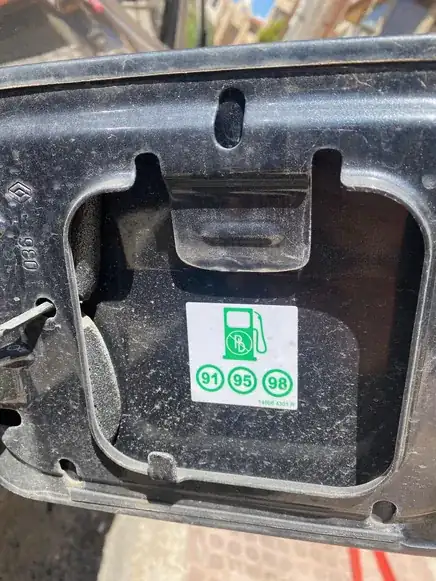The sticker would indicate that you should be able to run any of those octanes without detriment to anything. It would be a lot clearer if they'd just put "Run 91 Octane or higher in your vehicle" or even just a "91+" would be even easier to understand (at least to my pea brain).
I'll make an assumption and state your vehicle has modern fuel injection (EFI). With modern EFI engines, the engine control has the ability to adjust for lower octane fuel by using a knock sensor. When it detects any type of knock, it pulls timing to reduce the knock, but in doing so, also reduces power output.
What does this mean for you? Theoretically, you can put the lower octane fuel into the engine and it will compensate accordingly. The biggest problem is, you'll have to use more go pedal to get the power out you'd expect. It won't overall hurt your engine, but it isn't going to be doing you any favors, either.
On the other end, there is absolutely no detriment to using higher octane fuel than what is recommended, other than the detriment to your pocket book. Contrary to popular belief, you won't get any more power out of 100 octane than you will out of 90. The higher octane fuel will just allow the engine to run without pulling timing.
As far as mixing octanes to get to the sweet spot, that's up to you, but really it isn't needed. The octane rating is an "average", meaning that's where it should be around on any given day, but it may not bet there all the time. If 90 octane is available to you and you just can't afford the 95, it isn't going to cause any hardship to use the 90. On the other hand, if you can afford the 95, you'd be doing better on the power front rather than going below the recommended octane levels.
